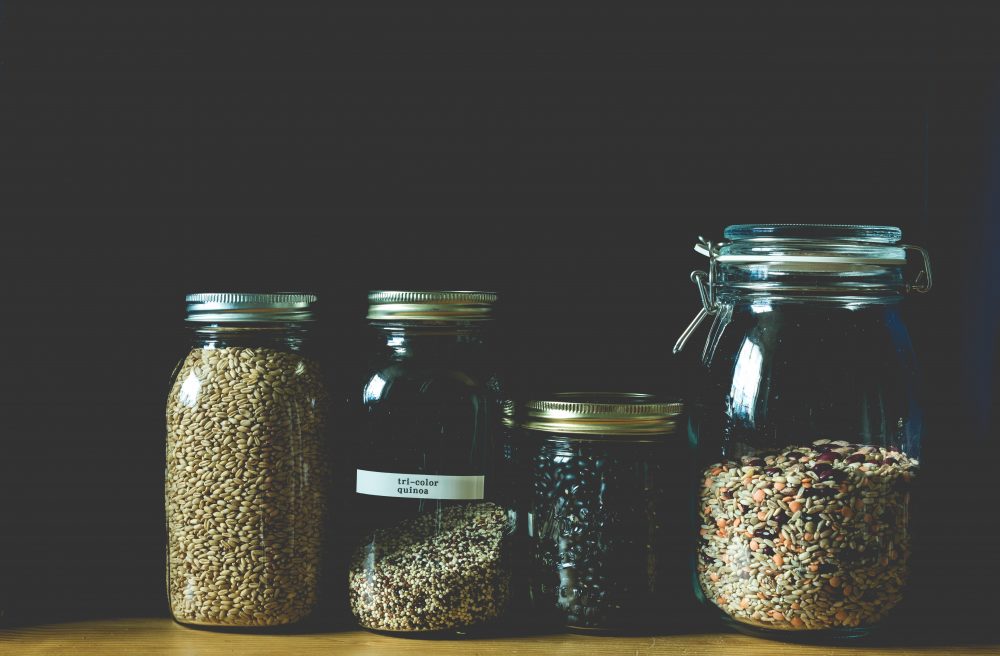What Is Teff?

Teff is an incredibly important crop that’s native to Ethiopia. It’s the only fully-domesticated plant of the genus Eragrostis (lovegrass). Because of its poppy-sized seeds, teff often falls under the “small millet” category of grains, which refers to small-seeded grasses that serve as staple crops around the world. The name “teff” may have originated from the word meaning “lost” in the Amharic language because the grains are so tiny — as in “I dropped it, and I will never find it again.” How tiny? Picture a quinoa grain, then shrink it to half its size. Then shrink it some more. Now you’ve got teff.
Like other millets (actually, there’s fierce debate in certain agronomic circles about whether teff is a true millet or not; I choose not to take sides), teff is a type of cereal grain and not a pseudocereal (other seed that’s used like a grain) like quinoa or buckwheat. One of the main differences is that in teff and other cereal grains, starch granules are stored in the endosperm. In pseudocereals, on the other hand, the starch granules are stored in what’s referred to as the perisperm.
Like quinoa, teff comes in a range of colors, from dark reddish-brown to yellow-brown and even ivory.
Because teff grains are so small, there are only a couple of practical ways to prepare them: either left in their whole form or ground into a whole-grain flour. Since bran and germ make up such a large percentage of the grain, it’s all but impossible to create “white teff” by removing them (as is done with white rice and white wheat flour). However you eat them, teff grains offer a mild, nutty flavor. Some people say they can taste undertones of cocoa in the darker varieties (I sense a huge marketing opportunity).
( Excerpt taken from The Food Revolution Network)
